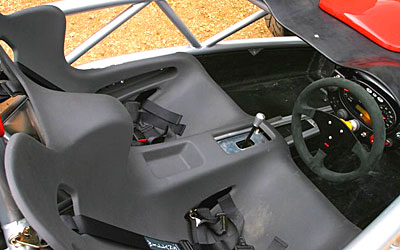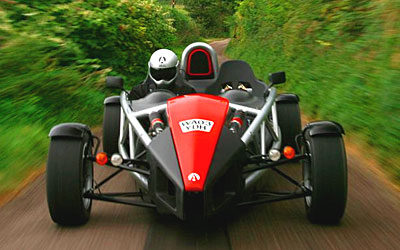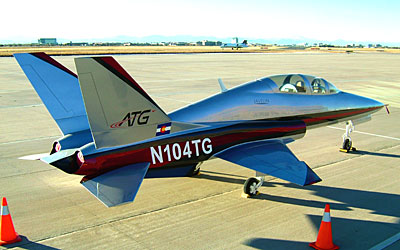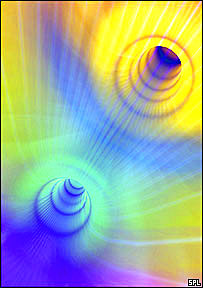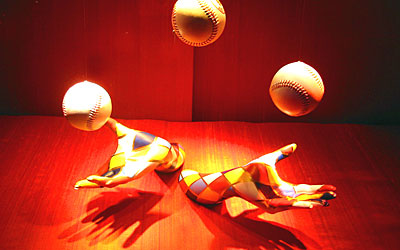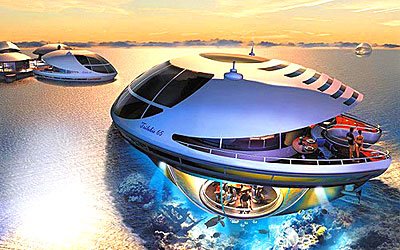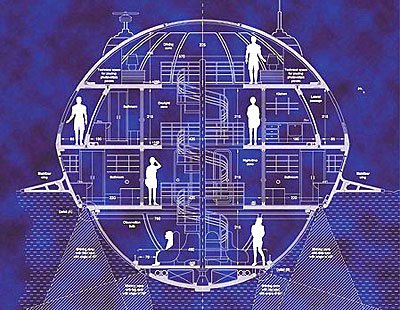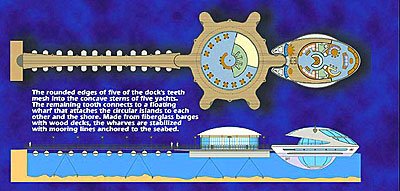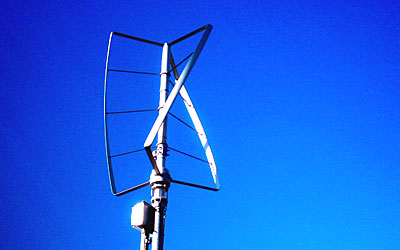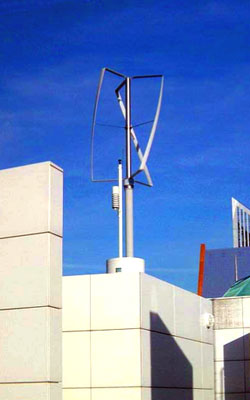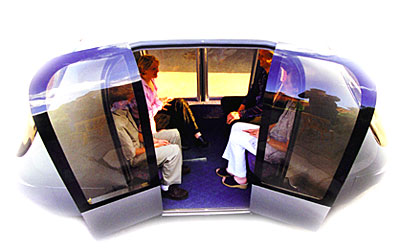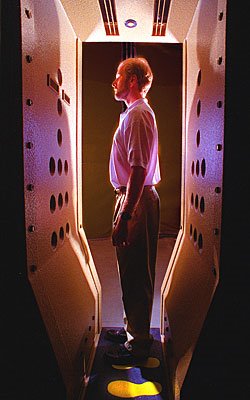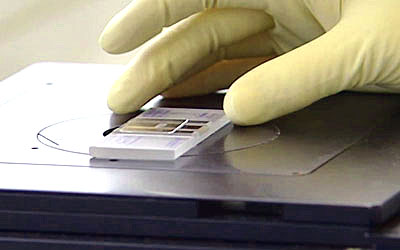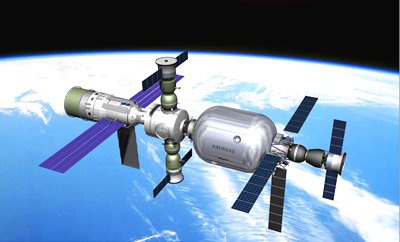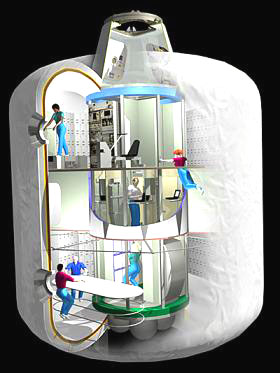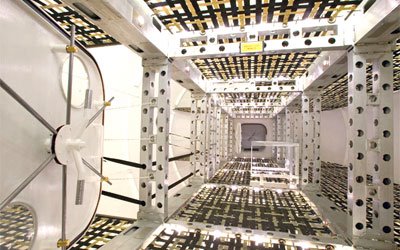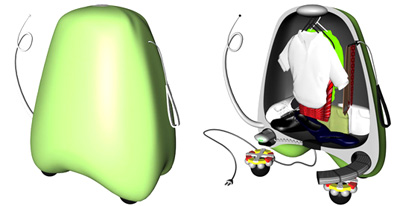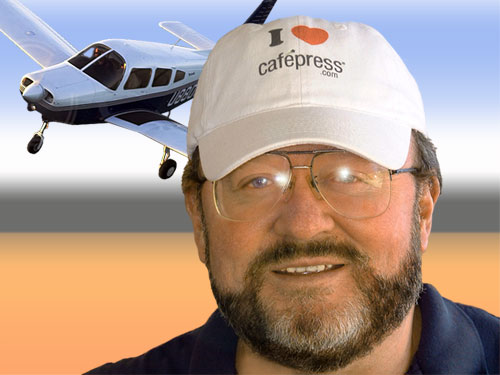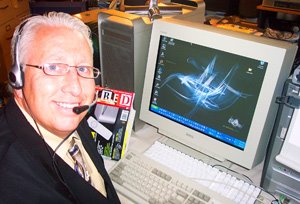Minamalistic Motoring Magic!
:: Do you own a Honda? Now you can own the closest thing to a F1 (Formula One) experience in a road car. It goes from 0 - 60 mph in 2.91 seconds, and it has the same motor as your Honda.
++ Auto Tech: United Kingdom / Simon Saunders / Ariel Motor Company
Designed with a clean sheet of paper, by a company with a 108 year race car heritage, the Atom is a completely unique car built for outright performance and dedicated to serious fun!
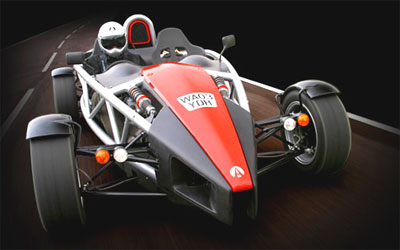 Famous for innovative engineering, advanced design solutions and performance oriented vehicles, Ariel, founded in 1898, is one of the oldest names in British motoring history. From race cars to motorcycles, Ariel represents a 108 year tradition of automotive design and innovation. The Atom continues that tradition with one of the most exciting pieces of automotive design ever.
Famous for innovative engineering, advanced design solutions and performance oriented vehicles, Ariel, founded in 1898, is one of the oldest names in British motoring history. From race cars to motorcycles, Ariel represents a 108 year tradition of automotive design and innovation. The Atom continues that tradition with one of the most exciting pieces of automotive design ever.It has no seat padding or upholstery. It has no roof, no doors and no windscreen. No anti-lock brakes or airbags. If it doesn't need it, it hasn't got it. The exposed Honda iVTEC engine is bulletproof and the beautifully detailed suspension and substantial steel chassis are brilliantly executed. It feels special before it's even turned a wheel. This car is built without any concession to comfort, all that matters is handling and performance. One squeeze of the throttle is enough to leave Porsche divers struggling in its wake. The Ariel Atom turns conventional wisdom on its head to embarrass some of the biggest names in the automotive business.
"It’s as cool as a Phillipe Starck Juicer, as tempting as any of the brushed aluminium toys you find in an airport gadget shop. But unlike underwater currency converters, I doubt you’d ever get bored with what it can do. In terms of sheer thrills the Atom is easily a match for the Porsche Carrera GT which makes its price look almost ludicrously low. That’s yet another reason why I have no hesition in giving the Atom five stars. This car is motoring nirvana." [Sunday Times, Jeremy Clarkson]
"How to describe this car's acceleration? Well you're effectively entering a Spirit World. It's more than a parallel universe you didn't know existed: it's an entirely human-created land, an almost religious place which at first shocks you into muted fear, but after a time draws you in and traps you. The fastest of all Atoms, a track tool that will give everything - and I mean everything - something to think about, and one that looks properly 21st century and handles like a mid - engined single seater." [Autocar Magazine]
"Hit the throttle in the Atom and the scenery scrolls backwards at astonishing speed. Suddenly all other cars on the road appear to be standing still. For comparison with the stripped down racer feel I get behind the wheel of the Lamborghini Gallardo, a car rightly regarded as being an exceptionally exciting machine in its own right. The Lambo, incredibly, feels about as quick and responsive as a passenger bus. My senses have become horribly warped by the Atom, in a twilight zone where otherwise normal physical laws have been renegotiated... I'm off to find a very accommodating bank manager." [Driver Magazine, New Zealand]
Note from Technophile: The 300 hp version is equivalent to 1,000 hp because of the low weight-to-horsepower ratio. The cockpit is wide and accommodating with the pedals perfectly positioned. This car is sensational and deserves every success as a club racer. It looks quick and is quick. Add slick tires and front and rear spoilers and you have a serious racing car with one huge advantage: You can take a friend along!:: Source: [Beyond Tomorrow]
[Thanks to an email message from Craig Bramscher, I can now offer the following update to my post: Brammo has begun shipping the Ariel Atom (in the United States) equipped with the GM Ecotec 2.0 Liter engines in 205, 230, 245 and 300hp configurations. Nine additional Honda powered cars are to be made in 2006 for US customers. The deposit for these cars is $20,000 rather than the standard $10,000 as they are obtaining the engine in advance due to the very limited availability. They do not know whether additional Honda drivetrains will be available, nor do they know if 2007 will bring a new supply of Honda engines, so understand that this may well be the end of the Honda powered Ariel Atom for North America!]
:: Innovation: Making a true race car affordable, fun and available to the public as a road car.
:: Cost: Base price for the 300 hp, supercharged version is US $43,640, with many options that can drive the price up considerably.
:: Available: Now.
